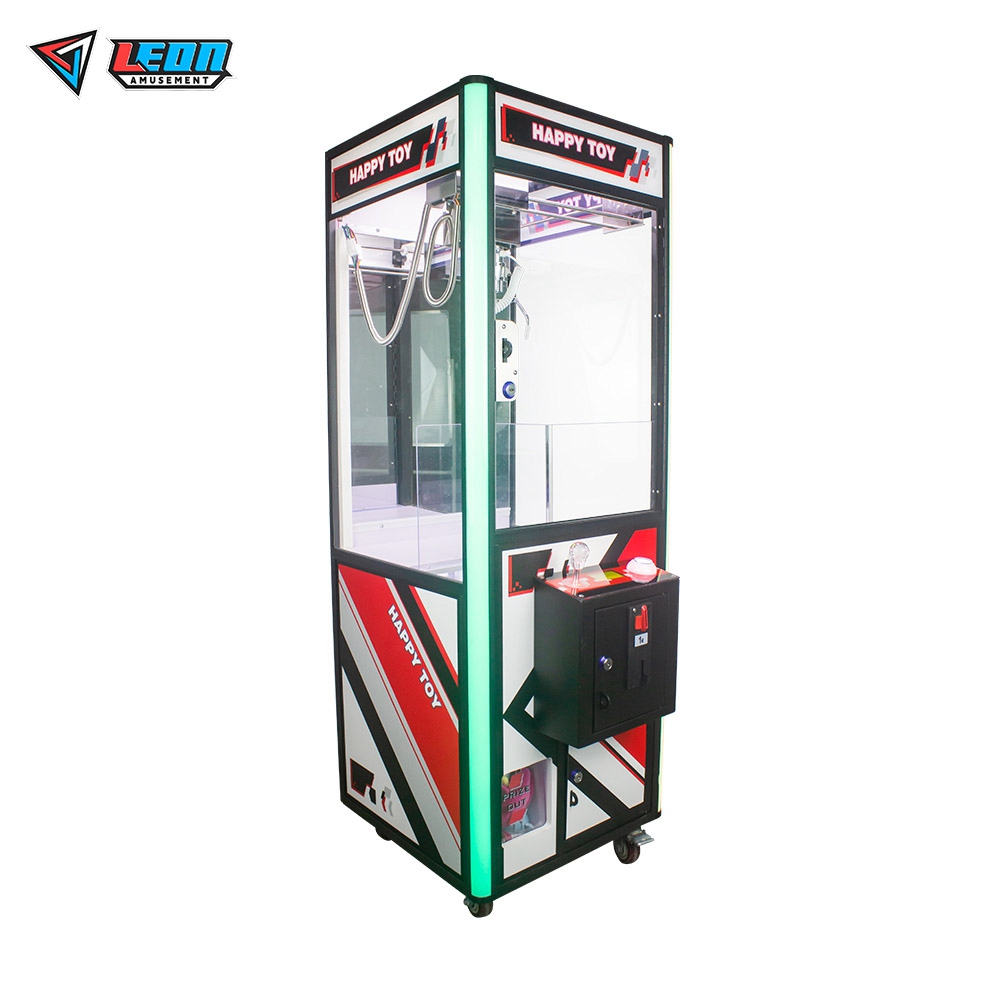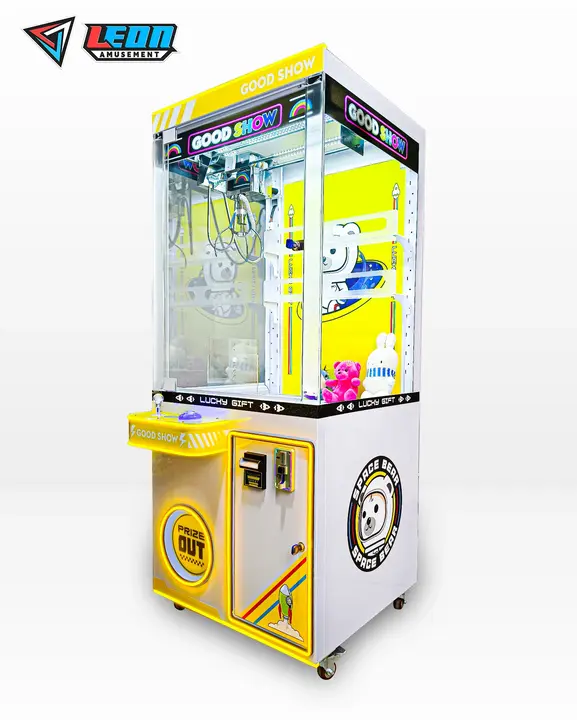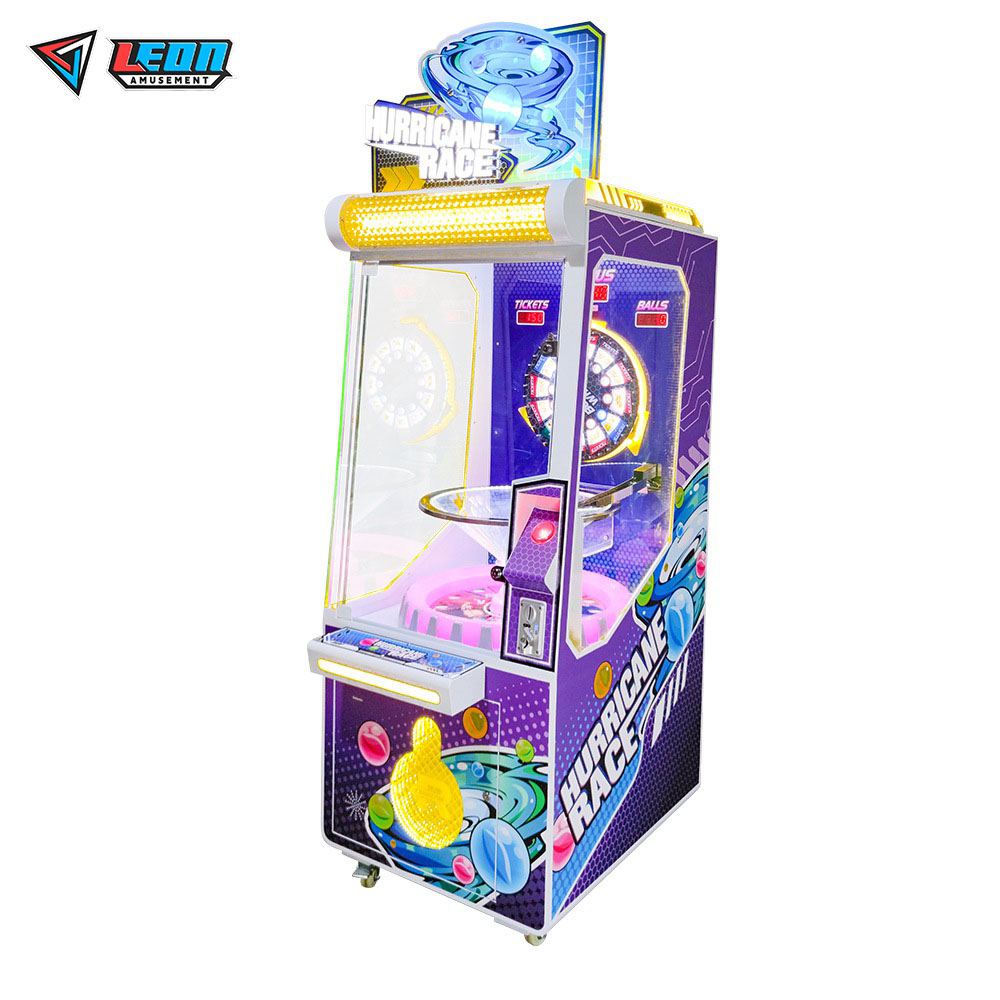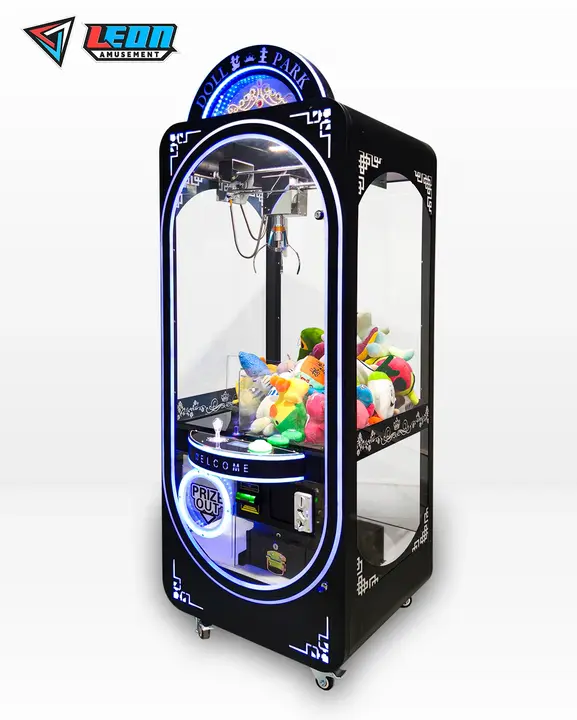For effective claw machine maintenance, routinely clean the glass, check the claw strength settings, and ensure the prize chute is unobstructed. Regular inspections prevent most operational issues
Table of Contents
ToggleMaintain Correct Voltage
It is important to establish the correct voltage at which your claw machine works. Most machines require a 110-120 volt steady power supply in North America or 220-240 volts in the European Union. Voltage should be checked using a reliable voltmeter. Fluctuation indicates the need to make adjustments inside the machine. Inappropriate voltage may lead to overloads, which also needs to be determined by measurements.
Adjustments to Claw Machine Voltage
After measurement, if there is a fluctuation in voltage the plan would be to make changes to the power settings of the machine. This may include configuring the power to the claw machine using a PSU that is installed to stabilize the voltage input. Follow the manufacturer’s instructions to set the correct voltage. Make sure any adjustments are made safely and correctly.
Monitor Voltage Regularly
This step requires setting timings when the voltage should be monitored. This should be at least once a month. In general, monitoring should be stepped up when abnormal electrical work is murmur otherwise small glitches can evolve into big issues with the machine. Use a digital logging voltmeter for these purposes and write down the data in a maintenance log.
Voltage Stabilizer Installation
If power is not steady where you are based, consider installing a voltage stabilizer. This will ensure that your machine is connected to a constant and uninterrupted power current. This stabilizer should also work in a way that short circuits or current spikes do not reach the machines, offering a much-needed protection. Choose your stabilizer according to voltage requirements of the machine.
Train Staff to Check and Change Voltage
All staff should be trained to make voltage checks and adjustments under supervision. Provide them with clear instructions and warnings since incorrect voltage is a common cause of electrical deficiencies inside the machine.

Ensure Proper Ventilation
Proper ventilation is necessary to keep your claw machine’s interior and the components and electronic parts of the machine cool as they can overheat while in use. To keep the ventilation port free of any dust particles or other kinds of debris, regularly check for the same.
Check Ventilation Openings
Locate the ventilation openings of your claw machine on the back and on the sides of the machine. Be sure not to block these openings with walls, furniture or other arcade games. At least six inches of clearance is recommended around these openings.
Clean Fans and Filters
Almost most claw machines are equipped with internal fans and filters to keep the electronic components cool. Clean the fans and filters every three months to make it function efficiently. Replace the fans or filters immediately if they look worn out as it cannot cool internally.
Monitor Internal Temperature
Install a thermostat inside the claw machine and monitor the temperature inside. If it is too hot and regularly gets over 100 degrees, other cooling measures should be taken to keep the temperature of the machine low. If the machine overheats, the circuit boards and other vital components may be damaged.
Improving Ambient Cooling
Solve the problem of the internal temperature of the claw machine by solving the problem of the temperature of the ambient material. If the arcade is always on a higher temperature side try to keep the same cool by proper ventilation or air conditioning inside the room.
Place Firmly
Preventing your claw machine’s wobbling or tipping over with secure positioning is vital for maintaining its performance, safety, and user satisfaction. By ensuring that it is placed on a sufficiently flat and level surface, you can prevent many operational faults and minimize the risk of accidents. This guide will help you to position your machine in the right places and secure it against tipping.
Selecting the Proper Surface
The first and most basic consideration is ensuring that your machine is placed on a surface that is both flat and strong enough to support its weight. Most claw machines weight between 200 and 400 pounds, depending on the model. Since the footing of a carpeted surface is unstable by definition, it may not be large enough to fully support the machine. A solid floor surface, such as a concrete or commercial-grade tile floor, is the best option.
Using Claw-Leveling Feet
The vast majority of claw machines come equipped with adjustable leveling feet. A simple spirit level will allow you to ensure that the machine is perfectly horizontal. This will prevent the machine from wobbling while in use. Also, since the claw will now be in a perfectly predictable position, players may reasonably assume that it is not off to one side.
Securing to the Floor
For additional user safety, you can also secure the machine directly to the floor. Airports or malls, as well as highly enthusiastic players, may demand this additional measure. Appropriate anchor bolts or brackets will protect the floor without damaging the machine.

Avoid Electromagnetic Interference
As with all the electronic systems, EMI can harm the correct functioning and performance of your claw machine. To protect it from electronic interference, you should ensure your device is far away from any other high-emission machines or devices. For example, place your claw where there are no huge speakers, no microwave ovens, and no large monitors such as CRT TV or displays.
Identify Potential EMI Sources
First, figure out where and what can potentially emit EMI. Main sources include wireless routers, large TVs, displays, and other arcade machines. Then try to locate your device five feet from the areas where it could be exposed to EMI.
Use Shielded Cabling
Use high-quality shielded cables and wire all the electrical connections that are associated with your claw machine. Shielded cables are enclosed in a special insulation that protects the wires from exterior EMI. You should always keep your wires in a good working condition, including proper insulation. This can save huge amounts of money and make your device effectively less exposed to external interferences.
Employ EMI Filters
Try to use EMI filters for the power supply line that is used to feed the device. EMI filters effectively block the spikes and surges of EMI that can potentially cause a fatal effect. Always get the help of a professional in this case, since it is very easy to spoil your device or the filter itself if you make a wrong choice.
Test Your Device for EMI Vulnerability
Always have a handheld electromagnetic field meter and test your device on a regular basis. Texture: Read about how I wrote research paper here This will help you understand if your moves are effective or you should be more cautious or lucky.
Installation Must Be Precise
Proper claw machine installation is a guarantee that it performs optimally and serves you longer. Proper installation means that all the machine’s components are properly aligned and will not malfunction in the future due to irregular wear of mechanical parts.
Follow the Installation Instructions
Each manufacturer of arcade machines provides specific guidelines regarding the possibility of installing its equipment. Pay attention to these guidelines because each part of a claw machine is designed to fit perfectly into the whole system. They also usually provide specific diagrams and specifications that must be strictly adhered to during the assembly.
Use Appropriate Tools
The equipment can break during installation, which is why you should use as many special tools as possible. A professional torque wrench, leveler, and screwdriver must be used to install the claw machine. Also, all connections must be tightened according to the manufacturer’s specifications to avoid unnecessary vibrations and ensure the stability and efficiency of the installation.
Level the Machine
After you have all the components of the outlet system connected, take care to carefully level the equipment. An unbalanced machine will not work efficiently and can also fail earlier due to uneven wear of the mechanical parts. No special mechanisms are required – just use a regular level and adjust the legs’ position until the bubble is exactly in the middle.
Double Check
As the last step, you should carefully inspect the installed machine. Turn it on and check if all the elements on the surface are moving as they should. Pay particular attention to checking whether the claw and electronics move properly during the operation of the machine to avoid misalignment or malfunction.
Periodic Inspection
Creating a regular inspection schedule is the most important measure to ensure claw machine efficiency and safety. It should be organized in such a way that allows individuals to assess and fix all identified issues before they have developed into a substantial problem requiring significant repairs or causing a machine to be out of order. In its turn, in order to devise an effective inspection schedule, one needs to consider the tips provided below.
Establishing an Inspection Checklist
The list of items to check in their inspection schedule should relate to all important machine parts, including electrical system, mechanical components, and even software settings. At the same time, the list of items to include should mention the wire conditions, the tightness of bolts on a machine, and the condition of a claw and motor.
Scheduling Inspections
An individual machine’s volume of use should define the frequency of inspection. For example, monthly inspections could be an appropriate measure for frequently used machines, while it could be enough to review the machine four times a year if it is used less. At the same time, no matter what choice would be made, the particular inspection schedule should be strictly followed once it had been made. The potential effect of conducting inspections at nonspecific times on an area that depends on a different set of vibrations or forces might be extremely dangerous. All staff involved in the inspection process should also be provided with appropriate training to perform regular assessments efficiently. Lastly, inspection logs should be maintained and analyzed over time, allowing to understand the patterns of wear and maintenance required by a particular machine.

Maintain the Scan Board
The scan board is a vital element in a claw machine, as it records the position of the claw, allowing the whole game to be run more accurately. Regular check-ups and maintenance of the scan board is necessary to overpower the claw machine breakdown outburst.
Clean the Scan Board
First in the list of maintenance actions is cleaning. The scan board can get covered with dust and dirt that can lead to its inappropriate operation. At least once every three months, users should clean the scan board with a soft, dry cloth or compressed air. It is of high importance that the machine is switched off and pulled out while cleaning the scan board.
Check Connections
Secondly, it is necessary to check if the wiring to the scan board is still secure, and the connectors are tight and in their proper place. The vibrations of the claw machine over time can loosen the wires connected to the
scan board, which can entail the terminal failing. This can man that while playing the machines, at some point it might stop responding entirely or work with certain intervals. Users should make sure to tighten the loose connections.
Update the Firmware
Thirdly, it is recommended to regularly update the firmware of the scan board. It is vital to update the firmware once a year to ensure high performance and the board’s compliance to new software. Users should contact the manufacturer of the claw machine and inquire about the software.
Monitor the Performance of the Scan Board
Finally, one should control the work of the scan board while playing the machine. If the claw machine starts to behave strangely and the claw movements no longer respond to the commands appropriately, it can either mean that the scan board is damaged or that the claw machines require the cleaning. Some manufacturers provide the users with special diagnostic tools to check the performance of the scan board.


